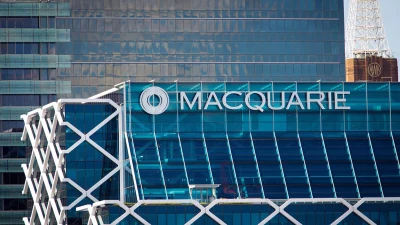Perennial underlies IOOF profit
Strong performance by IOOF’s funds management arm, Perennial Investments, has boosted the financial services group’s half year results.
Perennial won a number of wholesale mandates over the second half of 2004 to increase wholesale funds under management by 64 per cent to $9 billion.
Retail funds under management remained almost static at $5.9 billion - up from $5.4 billion in June, 2004, while the group reported a 127 per cent jump in net profit after tax of $26.6 million for six months ending December.
IOOF chief executive Ron Dewhurst said it was a strong result based on healthy inflows and improved efficiency, although he is not expecting the same for the second half of the 2004/05 financial year.
“Our funds under management/administration continues to grow at a very strong rate and is ahead of most of our industry peers.
“However, we need to be mindful that the buoyant investment market conditions that have supported this level of growth may not be as favourable during 2005,” Dewhurst said.
Outflows for retail funds under management stood at $900 million while wholesale outflows were $300 million. This compares to new retail inflows over the period of $1 billion and wholesale inflows of $2.8 billion.
While IOOF reduced its salary and occupancy costs during the six months, the company has taken a $800,000 hit for additional legal fees. This stems from the ongoing court case over the sale of two IOOF Buildings Society branches to Bendigo Bank.
Dewhurst said it had been decided to include the legal fees in this reporting period despite the case waiting judgement.
IOOF has had to make another payment of $12.6 million in relation to the acquisition of AM Corp and this was funded from its cash reserves. Currently the cash reserves stand at $73 million with Dewhurst again stating that the company was in no hurry to make acquisitions.
IOOF is paying a 10-cent a share half-year dividend, which is fully franked. Dewhurst expects the final dividend to be 10 cents.
Recommended for you
In this episode of Relative Return Insider, host Keith Ford and AMP chief economist Shane Oliver unpack the RBA’s decision to keep the cash rate on hold in the face of rising inflation and whether the governor’s hawkish tone is a sign of things to come.
In this episode of Relative Return Insider, host Keith Ford and AMP chief economist Shane Oliver discuss the September quarter GDP figures, which show Australia’s economy regaining momentum.
In this new episode of The Manager Mix, host Laura Dew speaks to Haley Devine, head of wealth management at MaxCap Group, to delve into private credit and commercial real estate.
In this new episode of The Manager Mix, host Laura Dew speaks to Benjamin Leung, head of systematic investments at Macquarie Asset Management, to understand the use of systematic investments.







